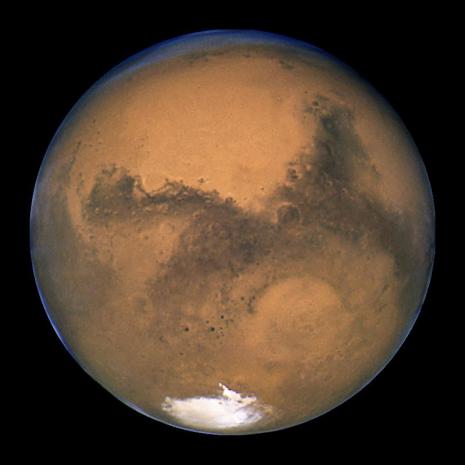
Breaking News
 Why Are We Defending Mass Murder in Gaza? Because Our Greatest Ally Demands It
Why Are We Defending Mass Murder in Gaza? Because Our Greatest Ally Demands It
 The Silver Price Signal Everyone Is Missing | Mike Maloney & Alan Hibbard
The Silver Price Signal Everyone Is Missing | Mike Maloney & Alan Hibbard
 House Democrat introduces impeachment articles against RFK Jr
House Democrat introduces impeachment articles against RFK Jr
Top Tech News
 Build a Greenhouse HEATER that Lasts 10-15 DAYS!
Build a Greenhouse HEATER that Lasts 10-15 DAYS!
 Look at the genius idea he came up with using this tank that nobody wanted
Look at the genius idea he came up with using this tank that nobody wanted
 Latest Comet 3I Atlas Anomolies Like the Impossible 600,000 Mile Long Sunward Tail
Latest Comet 3I Atlas Anomolies Like the Impossible 600,000 Mile Long Sunward Tail
 Tesla Just Opened Its Biggest Supercharger Station Ever--And It's Powered By Solar And Batteries
Tesla Just Opened Its Biggest Supercharger Station Ever--And It's Powered By Solar And Batteries
 Your body already knows how to regrow limbs. We just haven't figured out how to turn it on yet.
Your body already knows how to regrow limbs. We just haven't figured out how to turn it on yet.
 We've wiretapped the gut-brain hotline to decode signals driving disease
We've wiretapped the gut-brain hotline to decode signals driving disease
 3D-printable concrete alternative hardens in three days, not four weeks
3D-printable concrete alternative hardens in three days, not four weeks
 Could satellite-beaming planes and airships make SpaceX's Starlink obsolete?
Could satellite-beaming planes and airships make SpaceX's Starlink obsolete?
Mars' Northern Lights: UAE releases the first global images of aurora...

Aurora surrounding the night side of Mars have been photographed by the United Arab Emirates Hope probe, currently in orbit around the Red Planet.
The Emirates Mars Mission, the first interplanetary exploration undertaken by an Arab nation, arrived in orbit around the Red Planet in February this year.
The probe is the first to photograph the 'discrete aurora' caused by solar radiation hitting the nightside of the atmosphere and only visible in ultraviolet light.
They have revolutionary implications for our understanding of interactions between solar radiation, Mars' magnetic fields and the planetary atmosphere, the team said.
Mars has three types of aurorae – proton, diffuse and discrete – but none are visible to the naked eye, only in various forms of ultraviolet light, requiring a special camera.
Until these new images by the Hope probe, only the proton aurora, which occurs during the day, had been captured by ultraviolet cameras on NASA spacecraft.
The Hope probe will continue to gather a full overview of the Martian atmosphere every nine days for the next two years, providing planetary scientists with the first, overview of the entire martian atmosphere over a longer period of time.
The images, taken by the probe's EMUS (Emirates Mars Ultraviolet Spectrometer), show a ghostly glow surround the planet known as the 'discrete aurora'.
'These global snapshots of the discrete aurora are the first time such detailed and clear observations have been made globally, as well as across previously unobservable wavelengths,' said Hessa Al Matroushi, mission science lead.

 1,872 Tractors STORM London
1,872 Tractors STORM London First totally synthetic human brain model has been realized
First totally synthetic human brain model has been realized Mach-23 potato gun to shoot satellites into space
Mach-23 potato gun to shoot satellites into space

